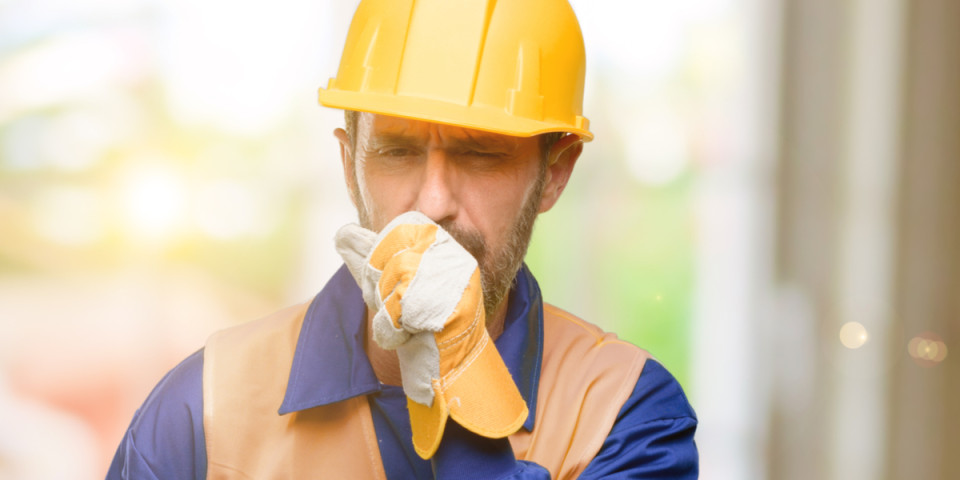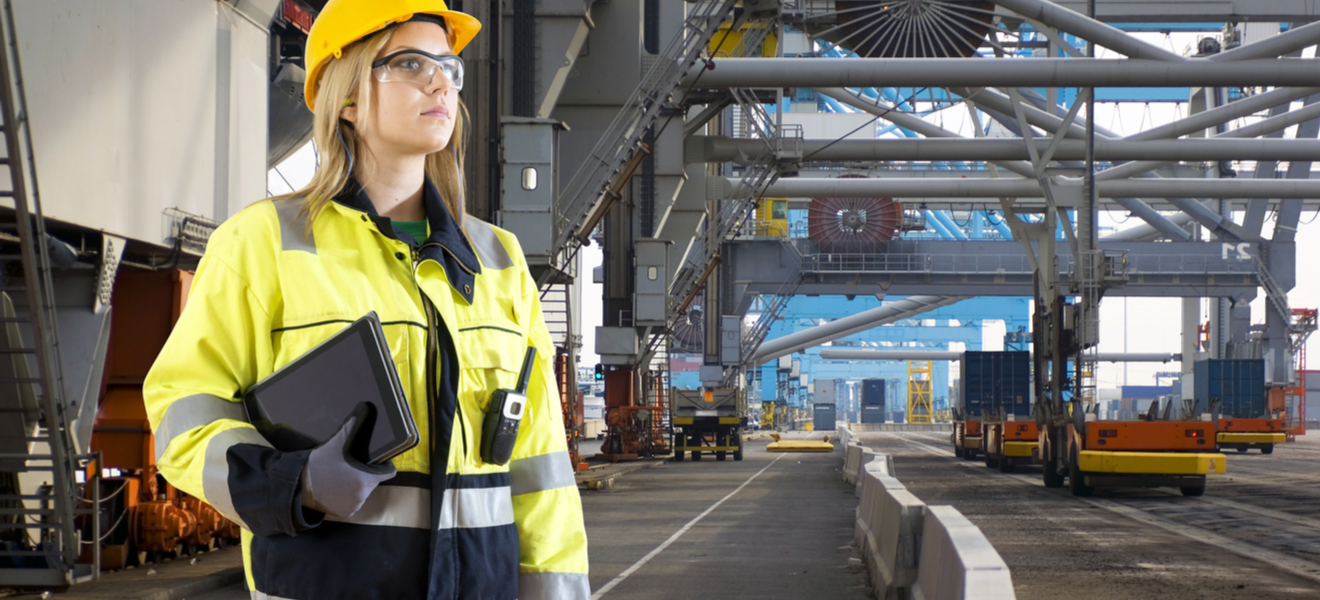Latest News
How Training Can Help Reduce Health Issues in The Construction Industry
Posted on Thursday, 20th September 2018

In previous blogs, we have written about health and safety in the construction industry from an accident point of view. We have also looked at mental health in the industry. This week we are looking at the associated health issues and diseases which are associated with construction.
Despite big improvements made in the construction industry over the last few years, it remains a high-risk industry when it comes to health issues. Below we outline the risks, why they are more common in construction, and how you can help manage some of the risks by providing the correct training courses for employees.
What Health Risks Are Associated with Construction?
More working days are lost each year because of work-related illnesses when compared to injuries. The 2017 Labour Force Survey (LFS) shows that around 80,000 workers suffer from work-related ill health each year. The numbers show that construction workers have a higher risk of developing diseases and health issues than any other industry or occupation in the UK, this includes cancers, lung disorders and long-term issues caused by back injuries and limb disorders.
Instances of cancer in the construction industry accounts for over 40% of occupational cancer deaths and cancer registrations. The most recent estimation states that past exposure in the construction industry may be responsible for over 5000 occupational cancer cases and nearly 4000 deaths each year. Asbestos is the most significant cause (70%), followed by silica (17%).
Musculoskeletal disorders account for 65% (LSF) of work-related health issues; skilled construction workers have one of the highest estimated prevalence of back issues and upper limb problems. The most common cause of long-term musculoskeletal disorders is manual handling.
The industry also has one of highest rates of ill health caused by noise and vibration, leading to conditions such tinnitus, deafness, and painful long-term damage to arms, hands and in some cases the entire body.
Another risk is presented by contact with hazardous substances that are commonly found in the industry – dust, chemicals and potentially harmful mixtures such as some types of paint. Workers can also be exposed to fumes, vapours or gases in the air, causing breathing problems and lung diseases. Some occupations may also see a high number of cases of dermatitis caused by skin being exposed to hazardous substances.
Why is the Risk So High?
There are numerous reasons that construction workers have a high risk of developing occupational diseases and long-term health problems.
It can be because of the dynamic nature of the work carried out – construction workers will often work in many and different environments which present different risks, some of which they may not be aware of. The extent of risk can also vary between different sites. Even when an employee is situated on one site for an extended period, construction sites are constantly changing with different trades coming in.
Some of the risks can be put down to the nature of the job – a lot of workers are self-employed or may change employers frequently. Meaning, that they have little contact with occupational health professionals or access to health and safety training. There may also a low awareness of health risks and the controls needed, especially for self-employed people, or smaller businesses. Many occupational health issues can take a long time to develop, so the immediate consequences of harmful workplace exposure may be dismissed or not considered significant.
The risk is also higher where the relevant health and safety training is poor, inadequate or altogether missing. This can be seen amongst self-employed construction workers who don’t have an employer to guide them through relevant training.
Controlling Risks and Reducing Health Issues
Not adequately controlling health risks can be disastrous for a construction company. Not only financially, but reputations can be ruined. There are also the moral implications of not ensuring your employees are protected from health problems. Every person absent from work with a work-related illness is in pain and in some cases may have a life-changing illness. This also impacts on the employee’s family, friends and home life.

It is up to employers to control health risks. Most of the risk above can be controlled by a combination of knowledge, a healthy safety culture and the right training. It is entirely possible to be employed in the construction industry and not suffer any long-term health effects. Employers and employees alike should teat health as they do safety and responsible businesses owners will establish risks and put control measures put in place.
The first step to identifying and managing health risks on site is to carry out a suitable and sufficient risk assessment for all tasks which produce or involve health hazards. There are procedures that can be put in place to stop a worker being harmed by a health hazard or reduce the risk of being harmed. These are known as controls. The type of controls that can be used depends on the type of health hazard, and which resources you have access to and how you use them.
The Hierarchy of Controls is a system which helps you to decide which control method is the best for protecting workers from a health hazard. The Hierarchy of Controls lists the different types of controls you can use, in order of effectiveness. The most effective controls are near the top, and the least effective near the bottom:
Elimination - Can we remove the health hazard altogether
Substitution - Can we replace the hazard with a less hazardous or non-hazardous substance
Engineering controls - The use of equipment to control the hazard or to isolate the worker from it
Administrative controls - Altering a person’s job or looking how the work can be organised with procedures and processes
Personal Protective Equipment (PPE) – Different forms of protection workers can wear and which includes Respiratory Protective Equipment (RPE)
A careful and continuous review of both the risk assessment and implemented controls must take place with training, information, instruction and supervision provided to all employees.
As part of a management system, you may choose to observe and monitor health amongst your workforce and there are general legal duties to provide health surveillance under overarching health and safety legislation (Management of Health and Safety at Work Regulations 1999). Checking workers’ health is not a substitute for managing and controlling health risks and monitoring should not be given priority over managing, or be confused with it. Health surveillance may be carried out on site by a nurse or doctor or by hiring a service provider to supply and assess a range of physical, mental and lifestyle tests to evaluate their current health. More information can be found here.
Training as a Control Measure
Remember, ‘ill health can be prevented’. Working in the construction industry doesn’t mean suffering a lifetime of health problems!
As a leading provider of health and safety training in the construction industry, Essential Site Skills can help support you and your employees with a variety of training courses and consultancy. From building a long-term strategy to help control health risks, to online training – we can help with all aspects of site safety.

Basic training for construction workers should include things like manual handling training and Control of Substances Hazardous to Health (COSHH). This sets a good baseline from which employees can add more specific training such as UKATA Asbestos and Face Fit Train The Tester.
Training is also available for managers - IOSH Managing Occupational Health and Wellbeing is a great place to start for anyone serious about looking after their employees’ health and wellbeing.
You can search for the course you are interested in by using the box at the top of this page, alternatively, please take a look at our course index.
Essential Site Skills
For more information on any of our training courses or if there is anything that you want to know that isn’t on our website, contact us by filling in our contact form or emailing us on info@essentialsiteskills.co.uk


